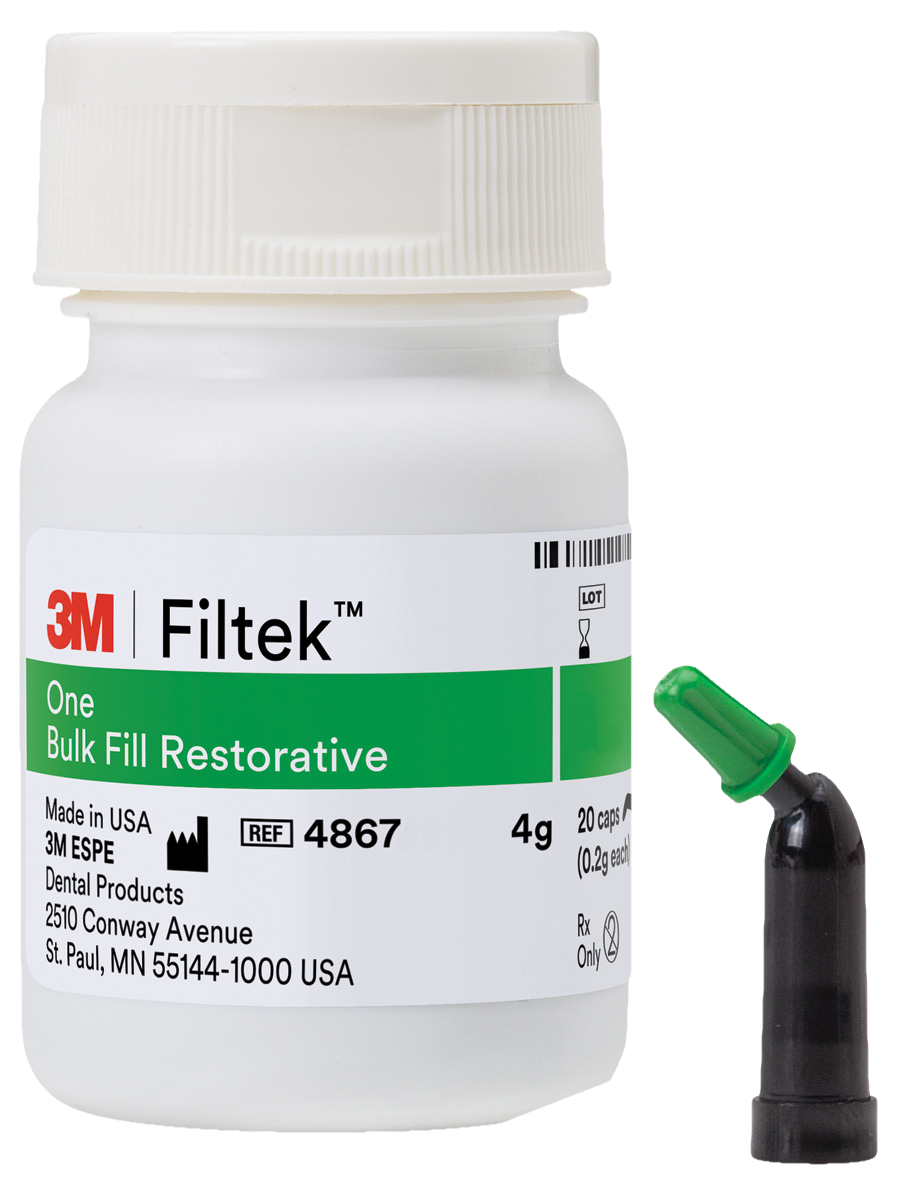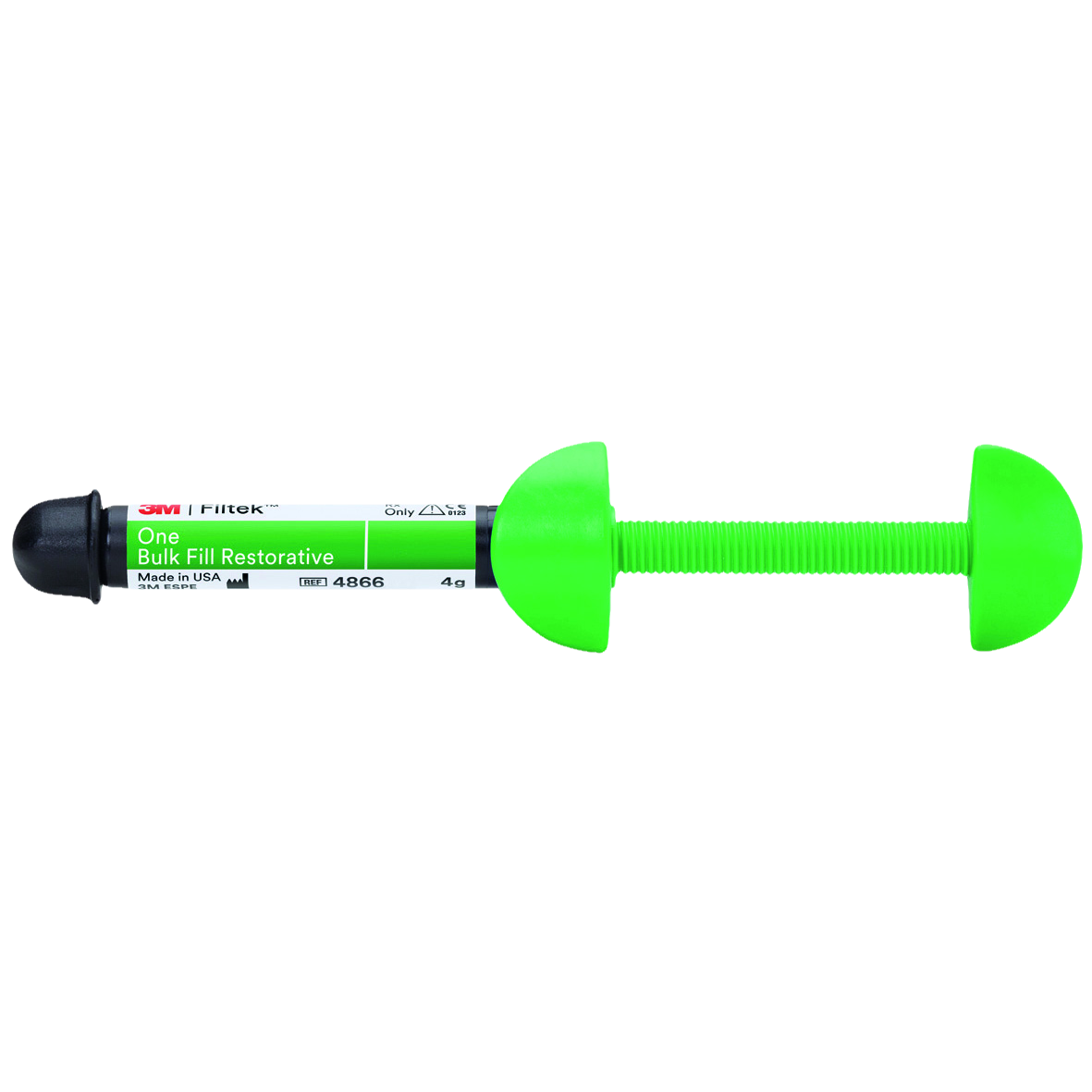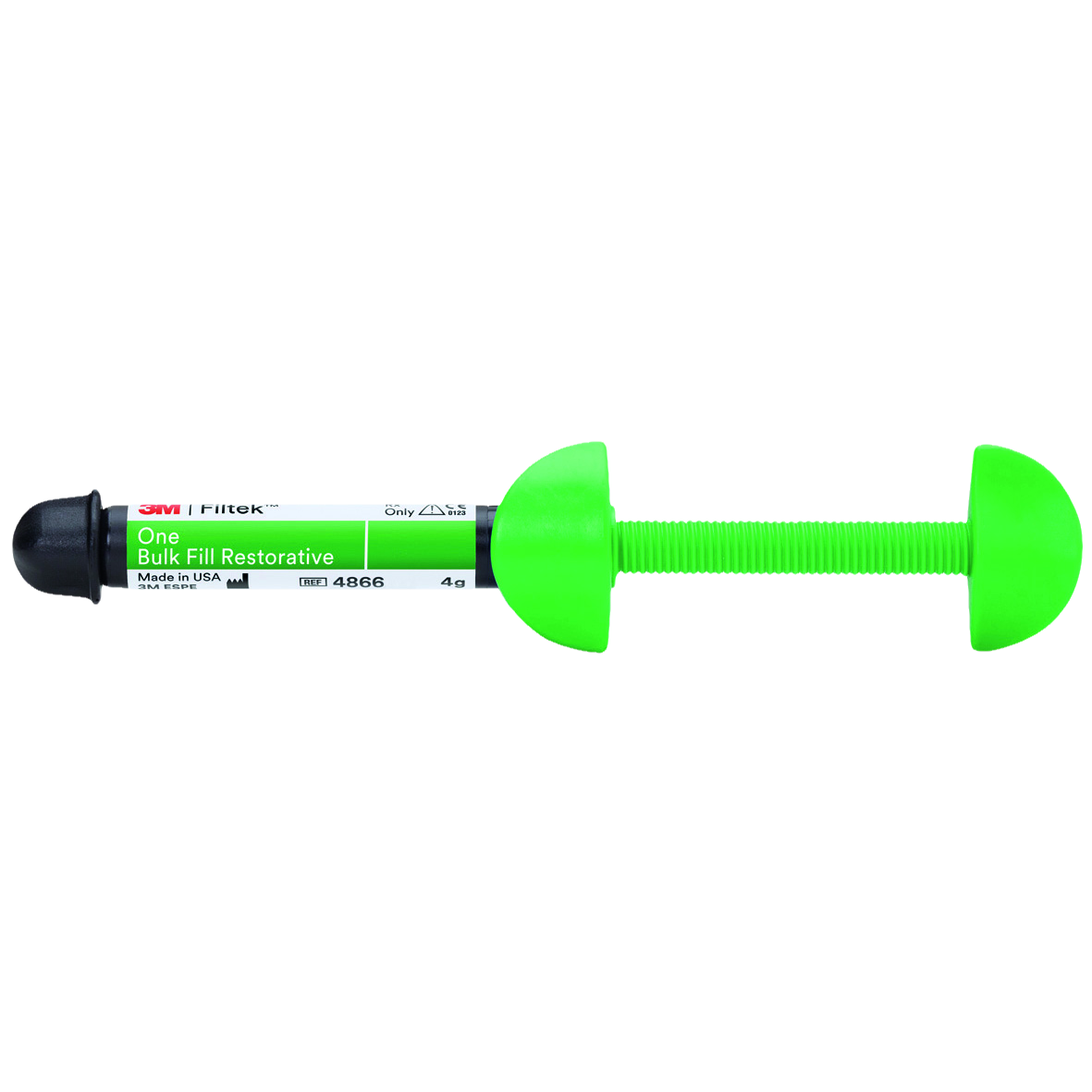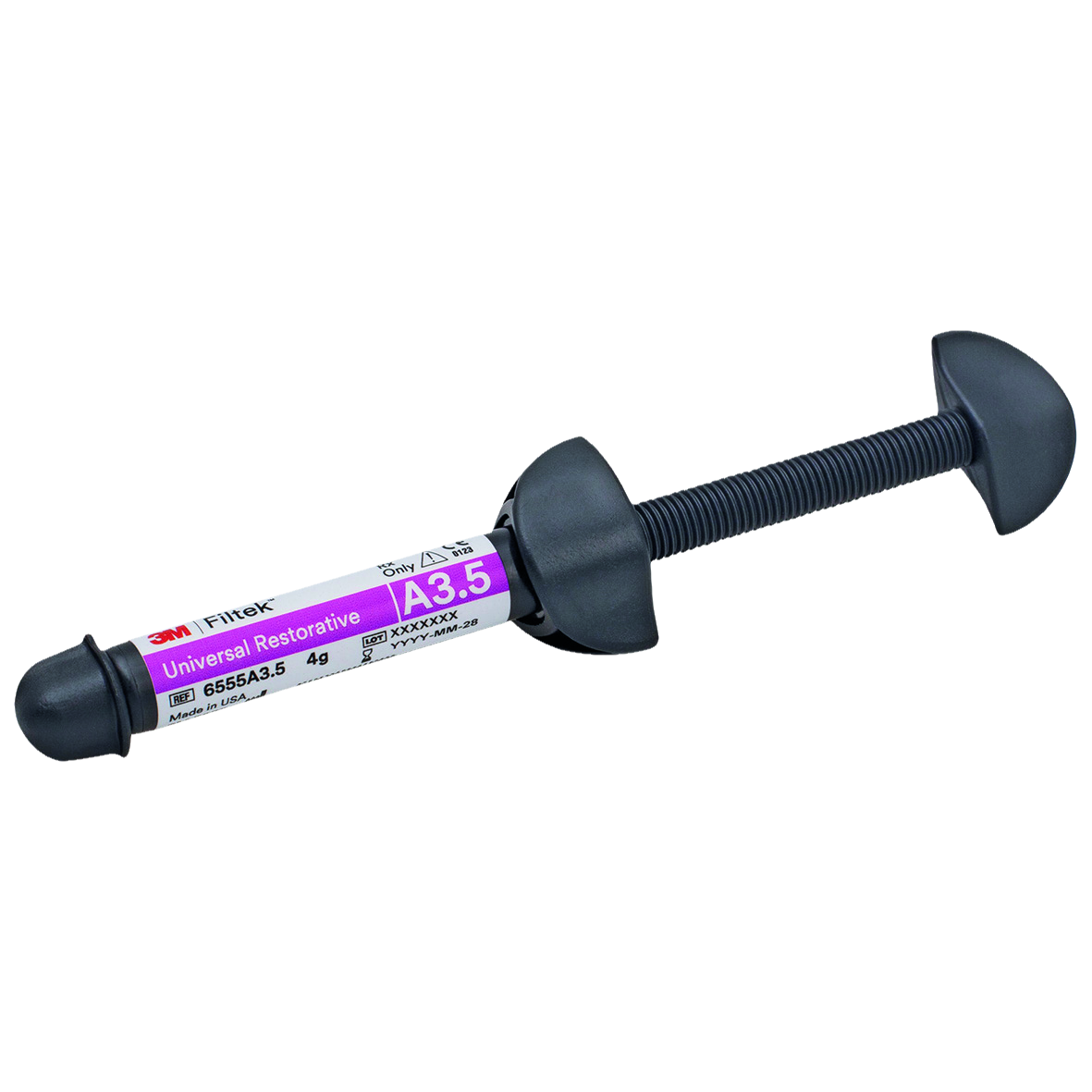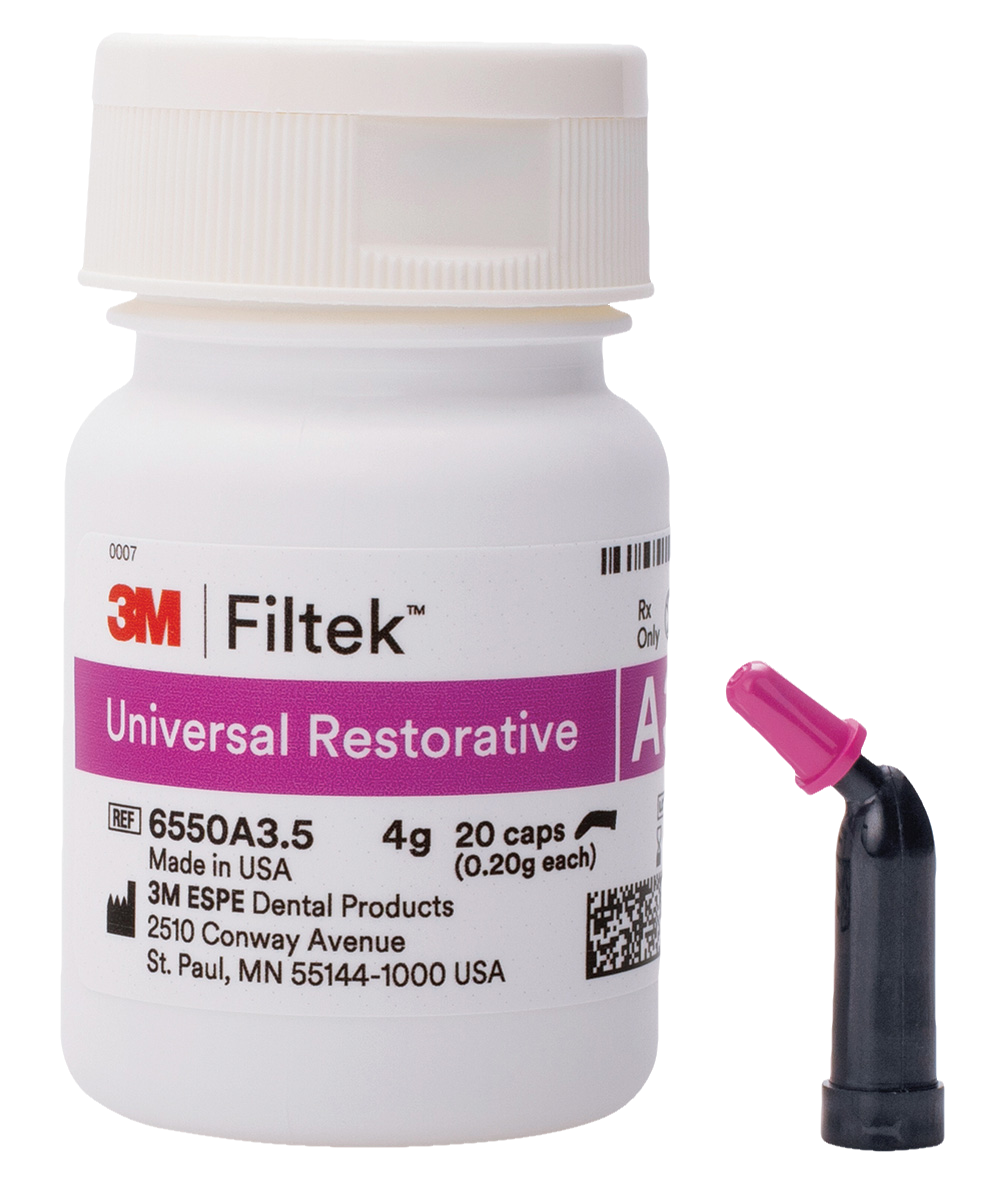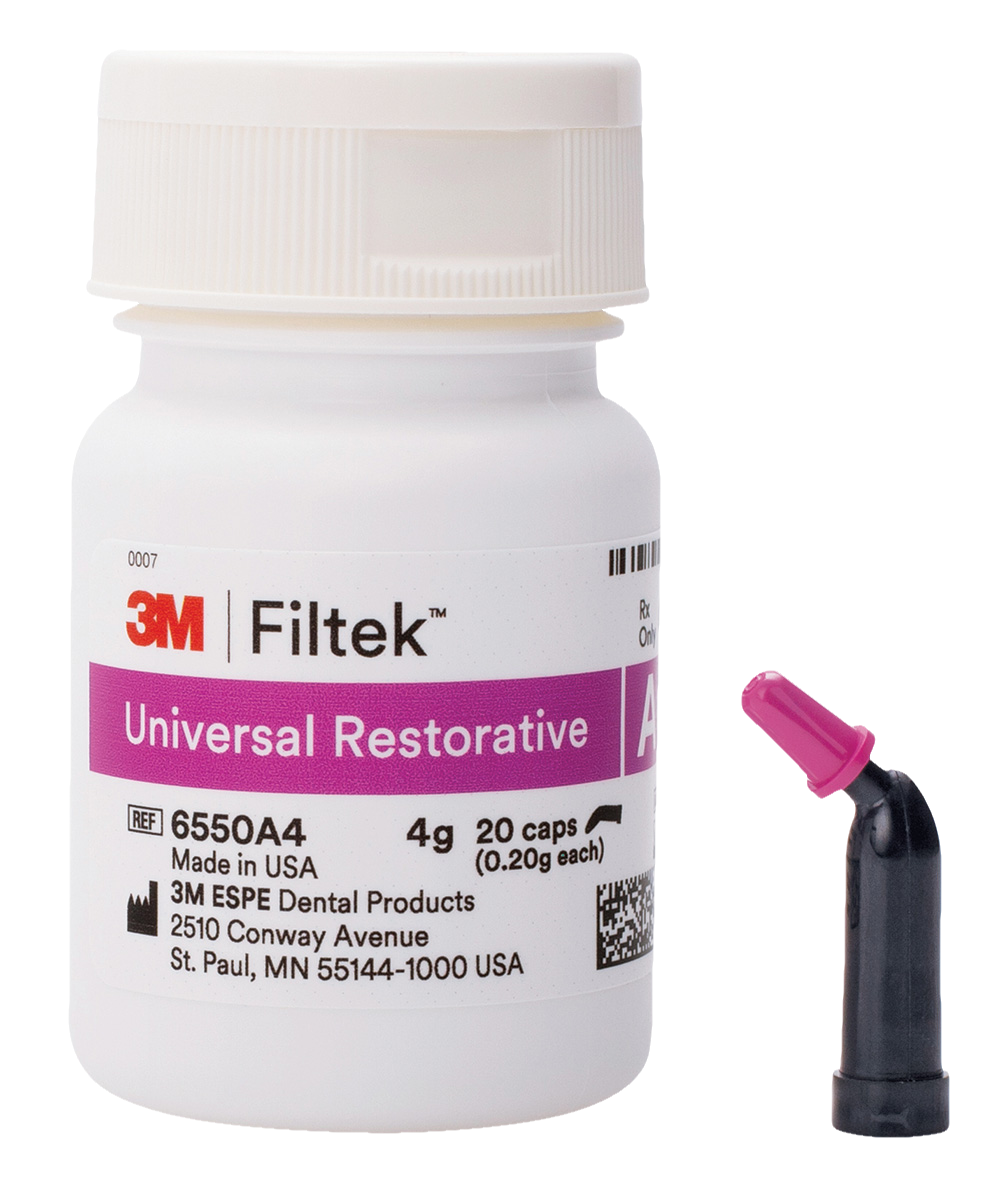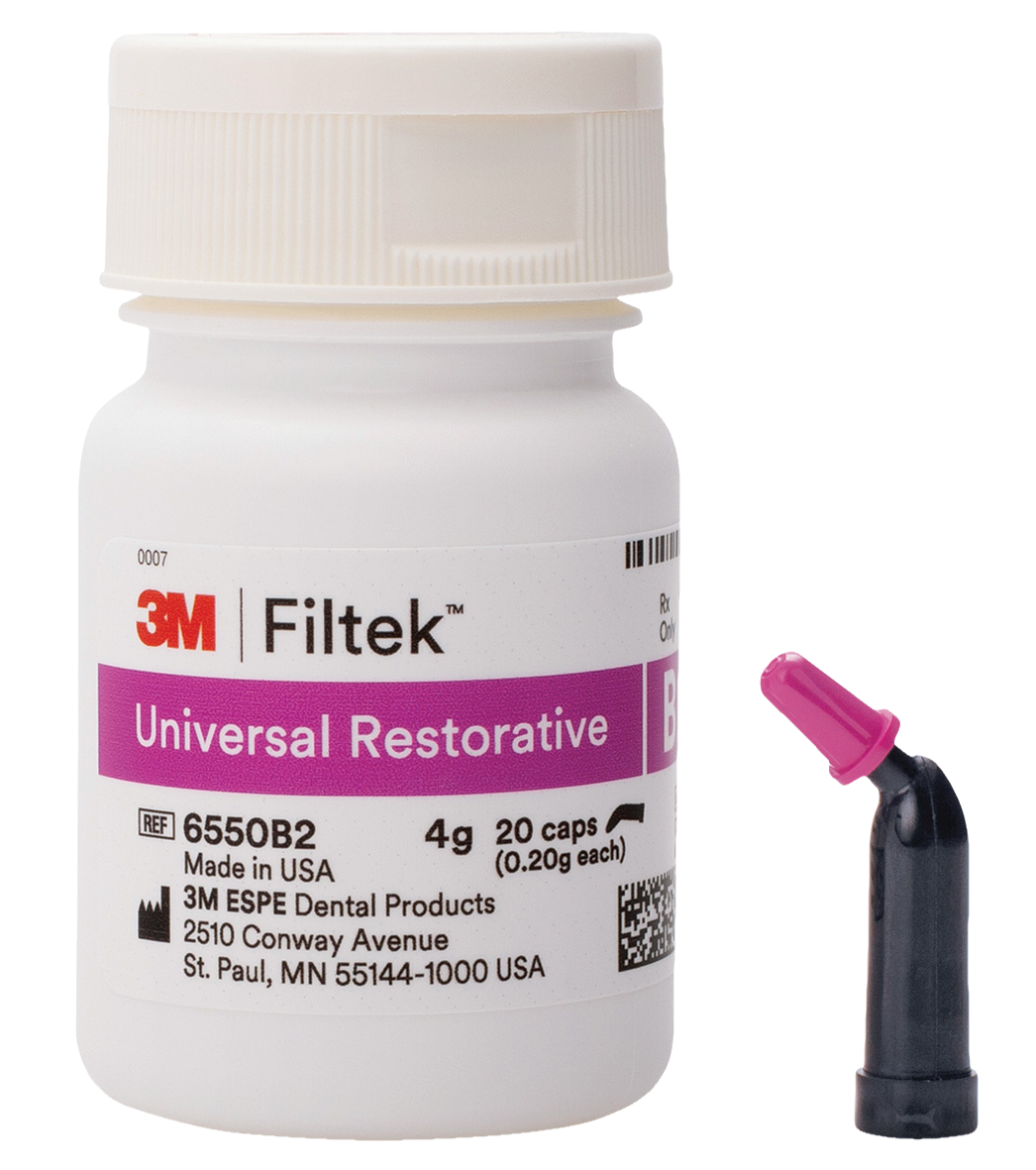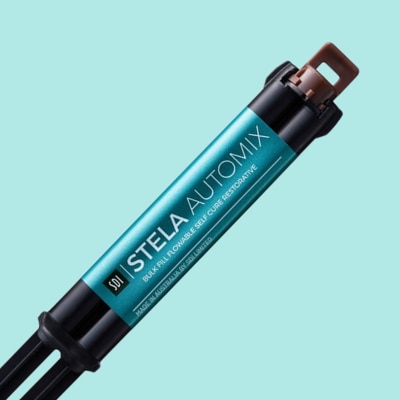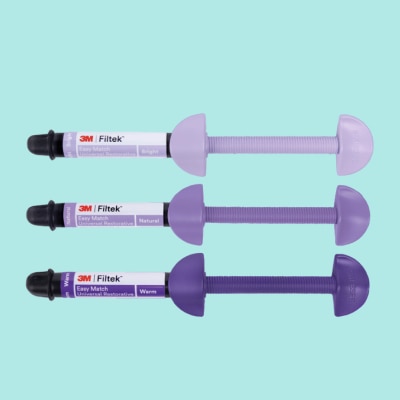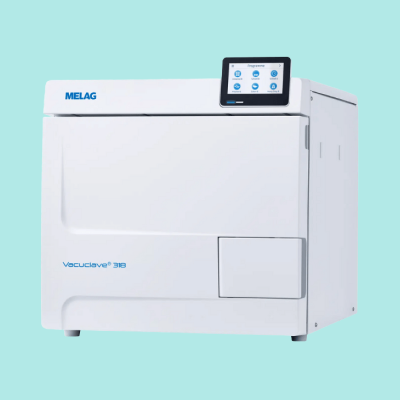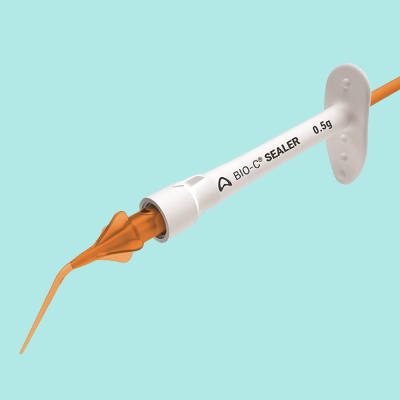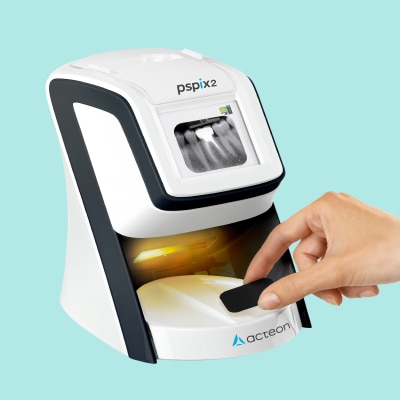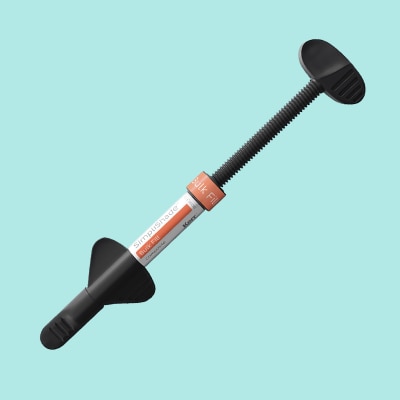Relieving Stress... The Composite Way
The process of placing a composite restoration can be stressful if the procedure used is not simple, straightforward and easy to understand. 3M has several materials designed to remove unnecessary stress at every stage of a restoration.
Composite Bonding
Most composites require bonding to the tooth with the use of an adhesive. The gold standard is sometimes thought to be the old 4th generation systems with separate etching, priming and bonding protocols which take time, are very technique sensitive but if done properly can provide an excellent bond.
The last 25 years have seen dental manufacturers simplify the adhesive procedure and we have seen 4th generation move into 5th, followed by 6th and finally to the 7th where all etch, prime and bonding components were combined into one bottle with one brush that could simply be applied to teeth.
2011 saw the end of the generation terminology with the development of the first universal adhesive, 3M Scotchbond Universal adhesive. An all-in-one adhesive with a starting pH of 2.7 meant that this could easily be applied to dentine and cut enamel, and with the use of a separate etching gel could be used to treat challenging surfaces such as uncut enamel.
Shop 3M Scotchbond Universal adhesive

Scotchbond Universal Plus Adhesive Refill Vial 5ml
Shop 3M Scotchbond Universal adhesive
A simple definition of CAD/CAM dentistry is the use of digital software to design and manufacture dental restorations and prostheses. CAD stands for computer-aided design and CAM stands for computer-aided manufacturing. The technology can be used to create crowns, dentures, inlays, onlays, bridges and veneers among other things. The speed of the CAD/CAM process allows for dental prosthetics to be designed, manufactured and delivered to the patient in quick time, sometimes the same day. The wider system of using computer assisted technologies to produce restorations is known as CEREC (Chairside Economical Restoration of Aesthetic Ceramics).

Scotchbond Universal Plus Adhesive Refill Vial 5ml
Scotchbond Universal adhesive

Scotchbond Universal Plus Adhesive Refill Vial 5ml
Scotchbond Universal adhesive
With the addition of MDP and Silane, Scotchbond Universal adhesive paved the way for adhesive systems that were not just designed for teeth but could also be used to prime the fitting surfaces of an indirect restoration, making it a truly universal adhesive for nearly all dental bonding situations.
2020 saw the technology improved further with the addition of some radiopaque resins and an improved silane coupling agent. The new 3M Scotchbond Universal Plus Adhesive is the world’s first radiopaque universal adhesive which now take all the guess work out of those shadows that we can often see lurking under restorations on radiographs.
Taking the guess work out of x-ray analysis; being available in one bottle or unit dose; and being indicated for direct and indirect applications, Scotchbond Universal Plus adhesive removes a lot of the stress and technique sensitivity often associated with the bonding procedure.

Scotchbond Universal Plus Adhesive Refill Vial 5ml
Composite Placement
Composite placement can be stressful. Clinician stress is often high when multilayering different opacities in an upper 7 when trying to minimise the c-factor by doing our incremental herring bone layering pattern, trying to ensure that each composite layer is no more than 2mm so it will be light cured properly.
The arrival of bulk fill composites into the market in around 2012 helped with this and these are commonly found in most dental surgeries today. Starting off as translucent flowable materials, these products generate much less stress within the restoration and therefore put less stress on the surrounding tooth.
Limited by their lack of strength and aesthetic properties, more highly filled bulk fill composites have been introduced which do not require a capping layer and can be placed very quickly and easily to depths of around 4 or 5mm.
3M Filtek One Bulk Fill restorative is one of the most innovative to come to the market in recent times. Incorporating stress relieving monomers and true nanofiller, Filtek One bulk fill exhibits very low internal stresses and excellent wear properties against opposing enamel.
Composite Curing
Many composites are designed to be cured to a maximum depth of 2mm and because of this many curing lights have been designed with this in mind. The current issue is that the number of bulk fillings materials on the market is increasing by the day, and we know that the further we go from the end of the curing light tip, the more the light has spread and dispersed just like when we use a torch. As light spreads the intensity can drop and this is not ideal when curing 4 or 5mm away from the end of the light guide.
3M Elipar DeepCure LED Curing Lights

Elipar DeepCure-L LED Curing Light
3M Elipar DeepCure LED Curing Lights






